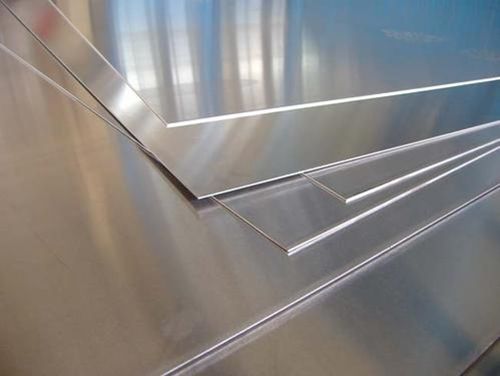Introduction:
Aluminum, with its numerous alloys and temper options, offers a wide array of mechanical and chemical properties, making it a versatile material for various applications. Two commonly used temper designs for the 5754 aluminum alloy are H111 and H22. This article aims to elucidate the distinct characteristics, differences, and applications of 5754 H111 and H22 temper states.

5754 H111:
The H111 temper for the 5754 aluminum alloy involves a continuous annealing process, resulting in a work-hardened state. This temper offers excellent corrosion resistance, making it suitable for marine applications and other industries exposed to corrosive environments. The H111 temper also provides superior formability, making it a popular choice for intricate and complex shaping processes.
5754 H22:
On the other hand, the H22 temper of the 5754 aluminum alloy involves a partial annealing process, enhancing the alloy’s workability without compromising its strength. The H22 temper balances strength and formability, making it ideal for applications where moderate strength and excellent corrosion resistance are essential. It is commonly used in construction, automotive components, and general manufacturing.
Comparison of Performance:
Strength:
H111: It offers higher strength due to the work-hardening process during continuous annealing.
H22: While still providing good strength, it is slightly lower than H111 due to the partial annealing process.
Formability:
H111: Excellent formability, making it suitable for intricate shaping processes.
H22: Good formability, striking a balance between strength and the ability to be formed into various shapes.
Corrosion Resistance:
H111: Exceptional corrosion resistance, ideal for marine and corrosive environments.
H22: Excellent corrosion resistance, suitable for a range of applications but not as superior as H111 in highly corrosive settings.
Applications:
5754 H111:
- Marine structures and components: Due to its exceptional corrosion resistance.
- Chemical processing equipment: Where resistance to corrosive environments is crucial.
- Automotive panels: Thanks to its excellent formability for complex shapes.
5754 H22:
- Architectural applications: For construction due to its balance between strength and formability.
- Automotive parts: Especially in components that require moderate strength and shaping.
- General manufacturing: Where corrosion resistance and moderate strength are essential.
Both 5754 H111 and H22 aluminum alloys offer unique advantages based on their tempering processes. H111 excels in corrosive environments and complex shaping, while H22 strikes a balance between strength and formability. Choosing the appropriate temper is crucial to meet the specific requirements of the intended application, ensuring optimal performance and longevity.
